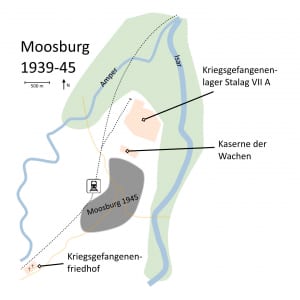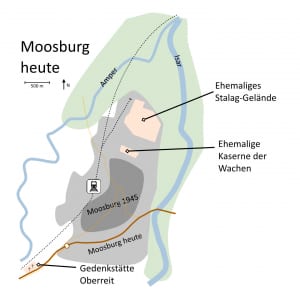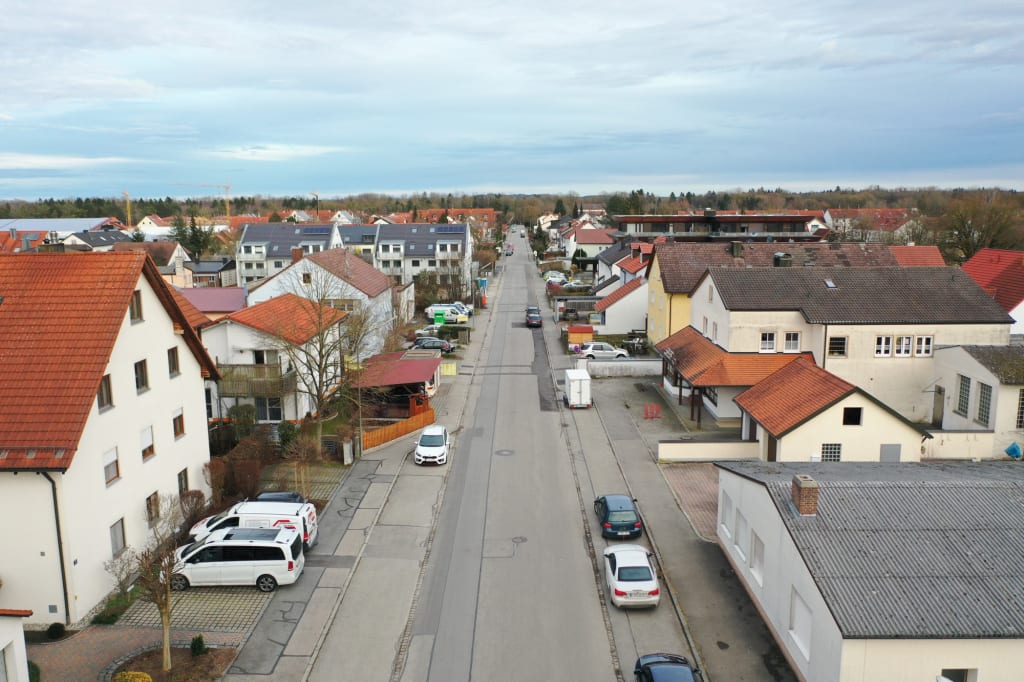History
Prisoner of war camp
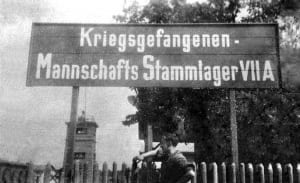
One of the largest German POW camps, Stalag VII A (Stammlager VII A)), was located in Moosburg a.d. Isar during World War II from 1939 to 1945. It was liberated by American troops on April 29, 1945.
Internment camp
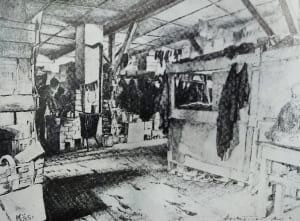
From 1945 to 1948 it was used by the Allies as an internment camp for officials of the Third Reich and persons suspected of supporting the Nazi regime.
Settlement
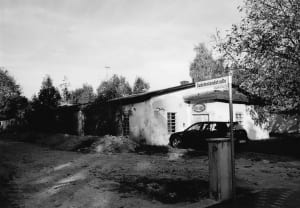
Subsequently, the buildings of the camp provided initial accommodation and new homes for expellees and refugees from the eastern territories of the former German Reich. The present-day Moosburg district of Neustadt developed from this.
Development of the city 1939 until today
Moosburg was chosen as the site for the POW camp because of its sheltered location between the rivers Isar and Amper, its infrastructure and supplies close to the city, and its connection to the railroad for transports.
The town of Moosburg had about 7,000 inhabitants at that time (dark gray). The camp was designed for 10,000 prisoners.
Due to the populating of the area in the post-war period, the former camp was built over and developed into the Neustadt district. Today, the Stalag memorial site there commemorates the history. The former camp cemetery in the Oberreit is also a memorial site.
The town of Moosburg today (light gray) has about 19,000 inhabitants.
Neustadt
<< View of the former main street of the camp,
today Sudetenlandstraße (2019).
Today, only one prisoner barrack, which is in danger of decay, and three barracks of the guards bear witness to the original camp. Nevertheless, the structure of the camp is still recognizable today on streets and buildings in the new town.


